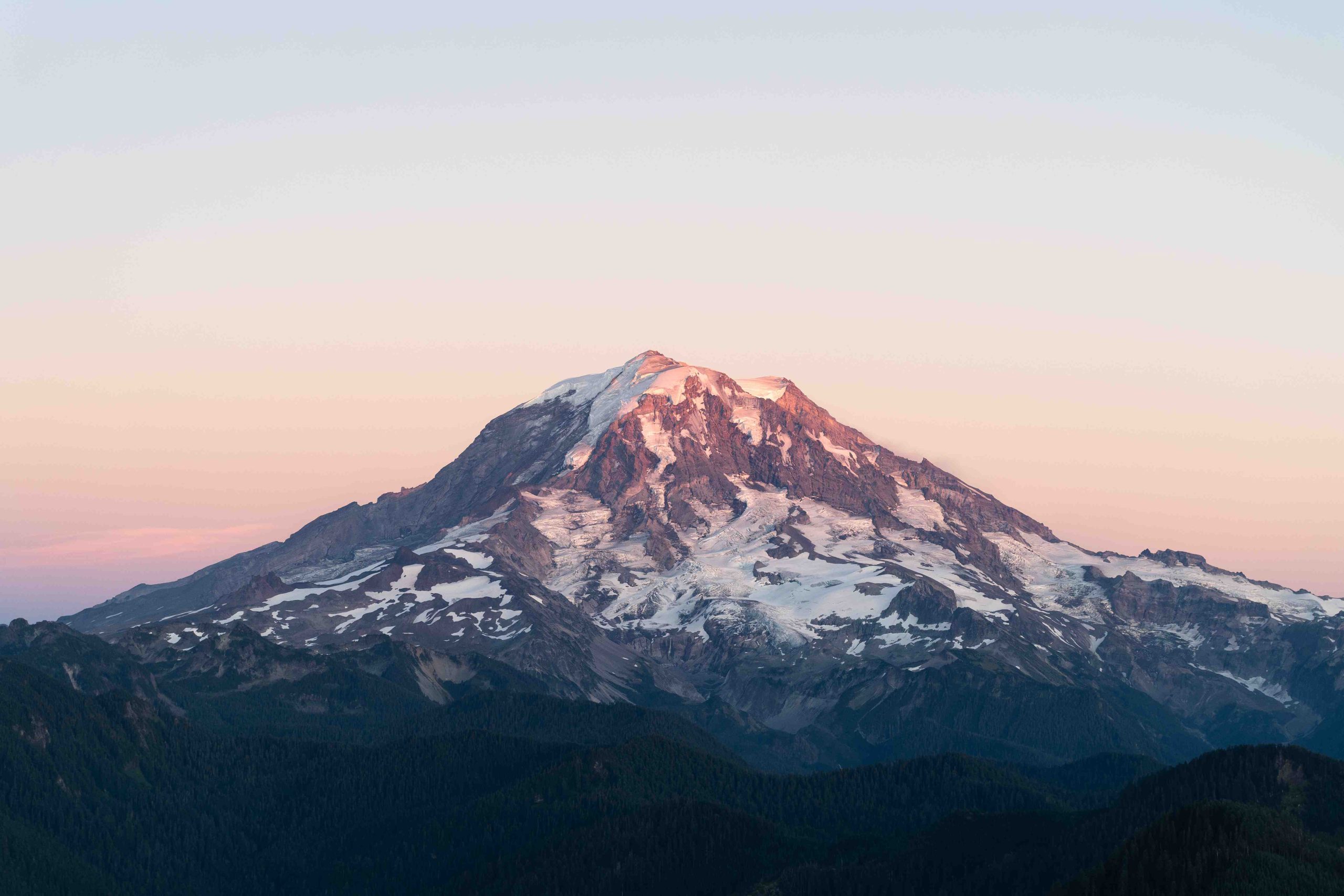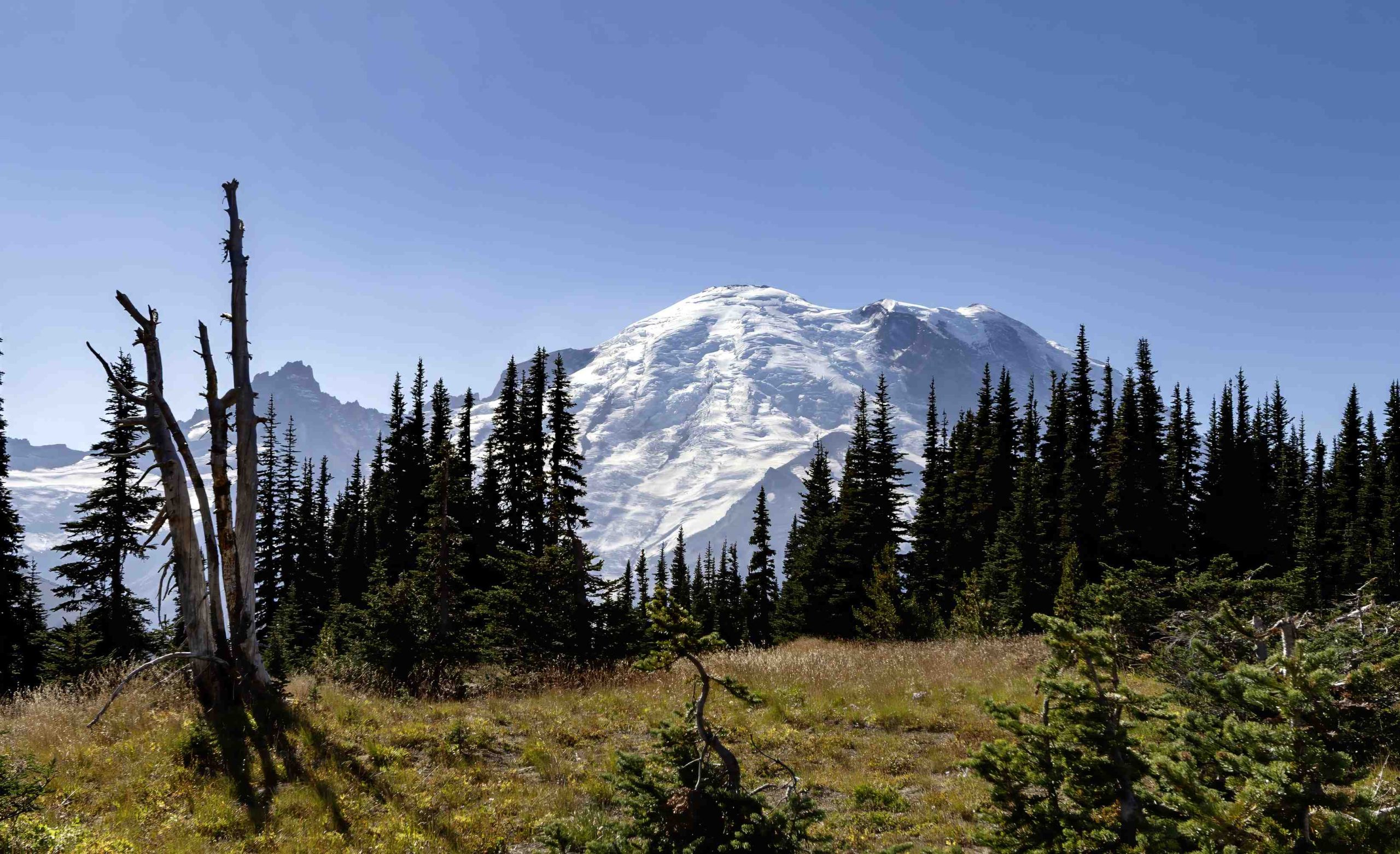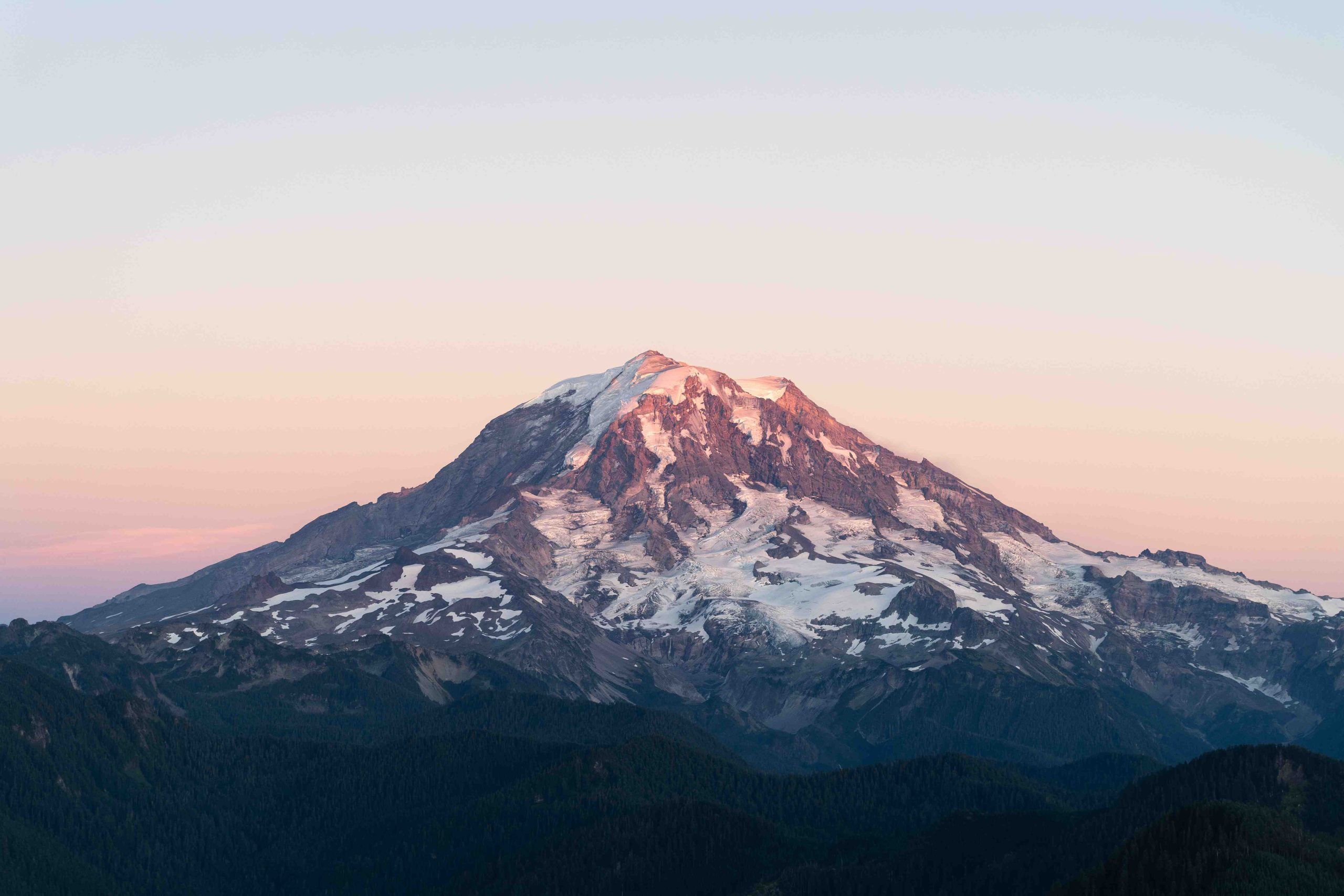Mount Rainier’s alpine meadows burst into a vibrant tapestry of colors during the summer months, showcasing an array of wildflowers that captivate visitors from around the world. These delicate blooms, adapted to the harsh mountain environment, create a stunning contrast against the backdrop of snow-capped peaks and glaciers. From the iconic Indian Paintbrush to the delicate Avalanche Lily, the alpine flowers of Mount Rainier offer a spectacular display of nature’s beauty and resilience in one of America’s most beloved national parks.
What Are the Best Times to See Mount Rainier Alpine Flowers?

The wildflower season at Mount Rainier is a fleeting but magnificent spectacle. Timing your visit is crucial to witness the peak bloom of these alpine beauties.
Peak Blooming Period
- Late July to mid-August
- Avalanche Lily: Mid-to-late July
- Indian Paintbrush: Late July to early August
- Mountain Heather: Late July to mid-August
Factors Affecting Bloom Times
- Snow melt patterns
- Elevation
- Weather conditions
It’s important to note that bloom times can vary from year to year depending on these factors. Checking with park rangers or the official Mount Rainier National Park website for current conditions is always recommended before planning your trip.
Where Are the Best Trails for Viewing Mount Rainier Alpine Flowers?

Mount Rainier offers numerous trails that showcase its stunning alpine flora. Here are some of the most popular and accessible options:
- Paradise Meadows Trails
- Location: West of Henry M. Jackson Visitor Center
- Difficulty: Moderate
- Elevation Gain: 1,000 to 2,000 feet (varies)
- Length: Several interconnected trails
-
Notable Flowers: Magenta Paintbrush, Broadleaf Arnica, American Bistort, Lupines
-
Skyline Trail
- Location: Paradise area
- Difficulty: Moderate to Strenuous
- Elevation Gain: Approximately 1,700 feet
- Length: 5.5 miles round trip
-
Notable Flowers: Avalanche lilies, glacier lilies, bistort, Arnica, lupine, Indian paintbrush
-
Nisqually Vista Trail
- Location: Paradise area
- Difficulty: Easy
- Elevation Gain: Minimal
- Length: 1.2 miles round trip
-
Notable Flowers: Pink penstemon, purple lupine, yellow cinquefoils, red paintbrush, avalanche lilies
-
Moraine Trail
- Location: Off Deadhorse Creek Trail, Paradise area
- Difficulty: Moderate
- Length: About 2 miles round trip
- Features: Views of Nisqually Glacier and Mount Rainier, various alpine flowers
How Can I Identify Mount Rainier Alpine Flowers?
Identifying the diverse array of alpine flowers at Mount Rainier can be a rewarding experience. Here are some tips to help you recognize these beautiful blooms:
- Use Field Guides or Apps
- National Park Service guides
- PlantSnap app
-
iNaturalist app
-
Key Characteristics to Observe
- Flower shape
- Petal color and arrangement
- Leaf structure
-
Plant height and growth pattern
-
Common Mount Rainier Alpine Flowers
| Flower Name | Color | Distinctive Features |
|---|---|---|
| Avalanche Lily | White | Yellow center, nodding flowers |
| Indian Paintbrush | Red/Orange | Brush-like appearance |
| Lupine | Purple/Blue | Palmate leaves, tall spikes |
| Broadleaf Arnica | Yellow | Sunflower-like, heart-shaped leaves |
| Mountain Heather | Pink/White | Bell-shaped flowers, low-growing |
Remember to always practice responsible wildflower viewing by staying on designated trails and never picking or disturbing the flowers.
What Are the Best Practices for Photographing Mount Rainier Alpine Flowers?
Capturing the beauty of Mount Rainier’s alpine flowers through photography requires some skill and preparation. Here are some tips to help you take stunning photos:
Optimal Lighting Conditions
- Early morning: Soft, golden light and fewer people
- Late afternoon: Warm tones and long shadows
- Avoid midday: Harsh sunlight can wash out colors
Camera Settings
- Low ISO (100-400): For crisp, noise-free images
- Wide aperture (f/2.8 to f/5.6): Creates a shallow depth of field, highlighting the flowers
- Polarizing filter: Reduces glare and enhances colors
Composition Tips
- Get low: Shoot at eye level with the flowers for an intimate perspective
- Use the rule of thirds: Place your main subject off-center for a more dynamic composition
- Include Mount Rainier: Incorporate the mountain as a backdrop for context and scale
- Focus on details: Capture the intricate patterns and textures of individual blooms
Best Locations for Flower Photography
- Reflection Lakes: Stunning views of Mount Rainier reflected in water with flowers in the foreground
- Paradise Meadows: Wide variety of flowers in a picturesque alpine setting
- Skyline Trail: Panoramic views and diverse flower species along the trail
How Can I Contribute to the Conservation of Mount Rainier Alpine Flowers?
Preserving the delicate ecosystem of Mount Rainier’s alpine meadows is crucial for the continued survival of these beautiful flowers. Here are ways you can help:
- Stay on Designated Trails
-
Prevents soil erosion and protects fragile plant roots
-
Practice Leave No Trace Principles
- Pack out all trash
-
Don’t pick flowers or collect natural objects
-
Educate Others
- Share knowledge about the importance of conservation
-
Encourage responsible behavior among fellow visitors
-
Support Conservation Organizations
-
Donate to or volunteer with groups dedicated to preserving Mount Rainier’s ecosystem
-
Report Any Violations
- Inform park rangers of any destructive behavior you witness
By following these guidelines and encouraging others to do the same, we can help ensure that future generations will be able to enjoy the spectacular display of Mount Rainier alpine flowers for years to come.

